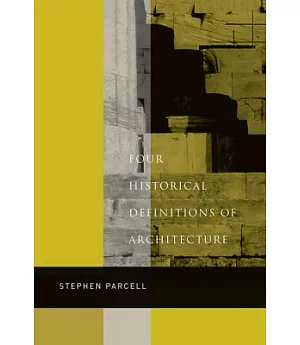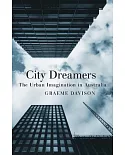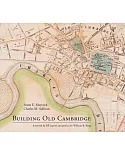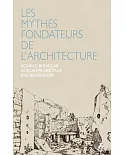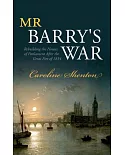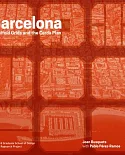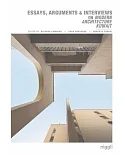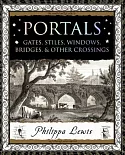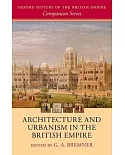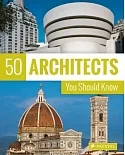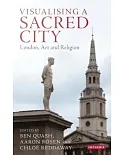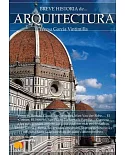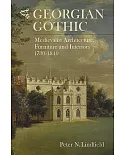Where does architecture belong in the larger scheme of things? Is it a liberal art? Is it related to painting, music, medicine, or horse training? Is it timeless, or does it have a beginning?
To pursue such questions, Stephen Parcell investigates four historical definitions of Western architecture: as a techn矇 in ancient Greece, a mechanical art in medieval Europe, an art of
disegno in Renaissance Italy, and a fine art in eighteenth-century Europe. These definitions situated architecture within larger classifications of knowledge, establishing alliances between
architecture and other disciplines. They also influenced elements of architectural practice that we now associate with three characters (designer, builder, and dweller) and three things
(material, drawing, and building). Guided by current architectural questions, Parcell examines writings in these historical periods and focuses on practical implications of texts by Hugh of
St Victor, Leon Battista Alberti, and Etienne-Louis Boull矇e. Four Historical Definitions of Architecture shows how the concept of architecture and elements of architectural practice have
evolved over time. Even the word "architecture" has ambiguous roots.

